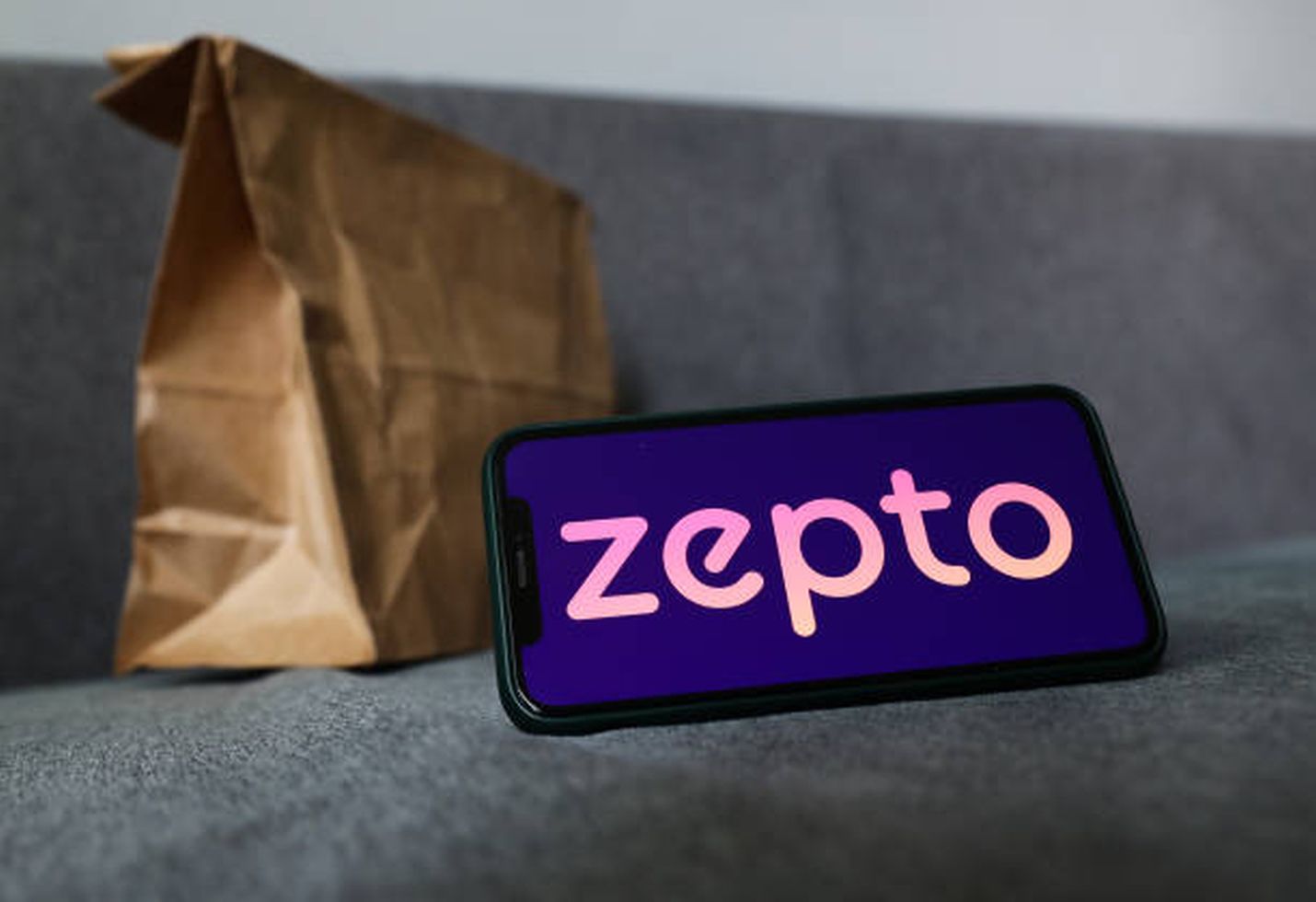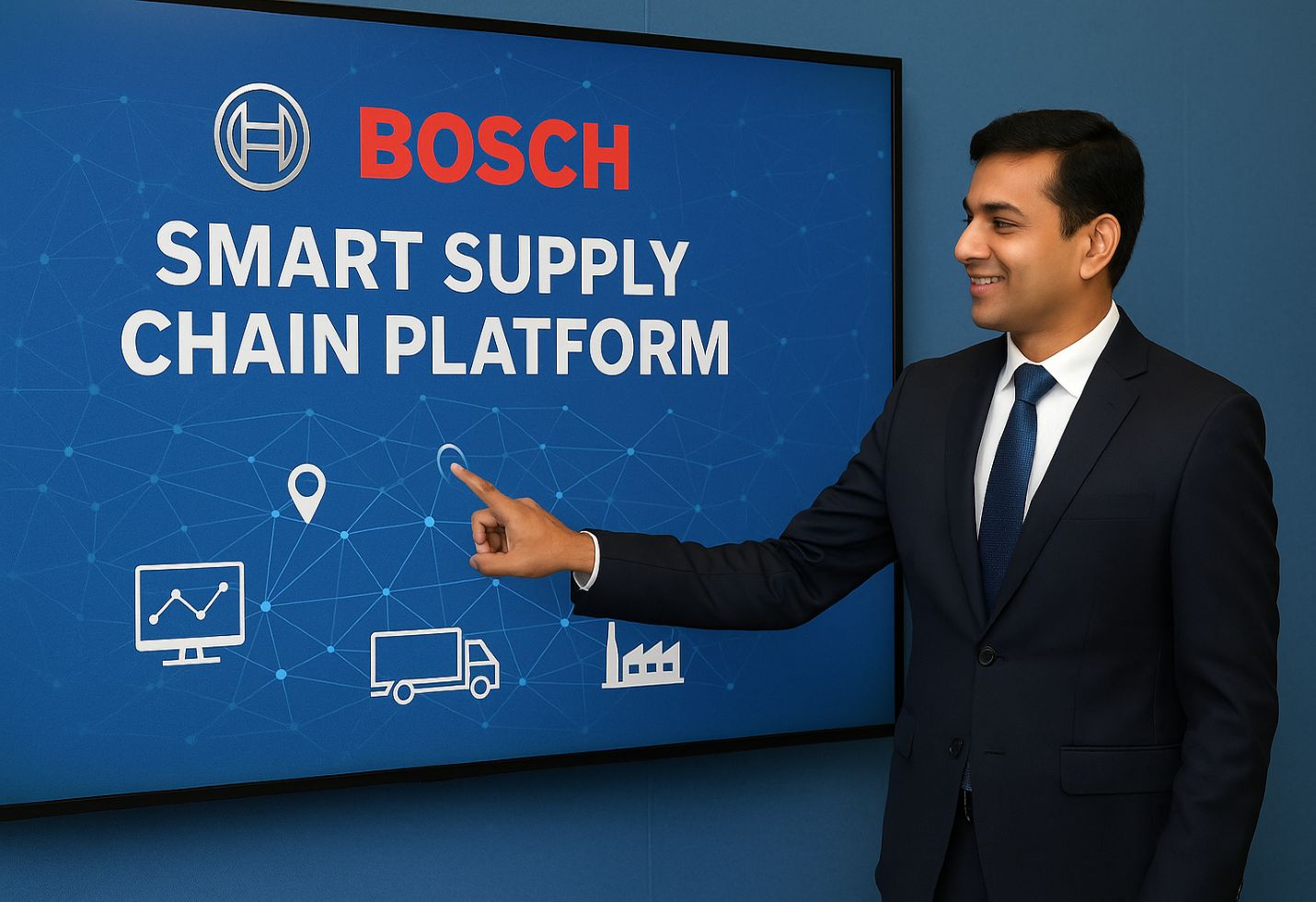Disney Set to Absorb $300 Million Loss After India JV Overhaul with Reliance
A massive strategic merger with Reliance reshapes Disney’s India presence, triggering accounting changes and a $300 million equity loss projection for FY25.
Disney Foresees ₹25 Billion Equity Reduction in FY25 Due to India Media Alliance.
The Walt Disney Company has flagged a substantial financial setback in its fiscal year 2025 outlook, projecting a $300 million equity loss due to the restructuring of its operations in India. This loss is largely attributed to purchase accounting amortization, following the merger of Disney’s Indian media assets with those of Reliance Industries Limited.
The consequential agreement, finalized in the eleventh month of 2024, orchestrated the unification of Disney’s recreational and athletic televised properties—encompassing the digital streaming service Disney+ Hotstar—with Reliance’s substantial collection of broadcast networks, all operating under the established Star banner. This newly established collaborative enterprise vests a majority ownership stake of fifty-six percent with Reliance, while Disney retains thirty-seven percent, and the residual seven percent is held by an unaffiliated investment entity.
Accounting Shift Leads to Steep Drop in International Profits
A key outcome of this joint venture has been a significant change in the way Disney now reports financials related to Star India. Previously, Star India’s performance was fully consolidated within Disney’s global accounts. Post-merger, however, Disney reports its 37% stake as “Equity in the income of investees.”
This shift in reporting has led to a dramatic contraction in Disney’s international operating income for the second quarter of FY25. The figure plunged 84% year-over-year, falling from $92 million to just $15 million. This decline is directly tied to the exclusion of Star India’s earnings, which are no longer consolidated within Disney’s core results.
Second Quarter Performance: Growth Despite Regional Drag
Notwithstanding the unfavorable circumstances originating from its Indian operations, Disney registered a commendable seven percent expansion in its aggregate earnings for the fiscal period concluding on the twenty-ninth of March in the year 2025, culminating in a total of twenty-three point six billion United States dollars. This uptick was propelled by strong performances in its entertainment and theme parks segments.
The entertainment division alone delivered $1.3 billion in operating income—a $500 million increase compared to the same quarter the previous year. The organization further observed a slight upward trend in its traditional broadcast channels division, evidenced by a two percent expansion when juxtaposed with the equivalent period of the prior year. However, this figure included $89 million in income from Star India in Q2 FY24, a contribution that is absent this year.
Meanwhile, the company’s direct-to-consumer streaming platforms like Disney+ and Hulu saw gains in subscription revenues, thanks to pricing revisions and subscriber expansion. That said, this was partially offset by the removal of Star India’s streaming revenues and challenges posed by unfavorable currency exchange movements.
Regarding asset write-downs, Disney documented expenses totaling one hundred and nine million United States dollars linked to its media content during the reported fiscal quarter. This figure appears modest when contrasted with the $2.05 billion in goodwill impairments booked during the same period last year, which were largely linked to Star India’s linear networks.
Equity income from Disney’s various investments also declined significantly—from $141 million a year ago to $36 million this quarter—largely as a consequence of losses incurred by the India joint venture.
Strategic Rationale Behind the Reliance Partnership
This high-stakes alliance between Disney and Reliance merges some of the most influential television and digital platforms in India. The deal brings together Reliance’s Viacom18—home to channels like Colors and Sports18—and Disney’s Star network, which includes popular channels such as Star Plus, Star Gold, and Star Sports.
On the streaming side, the collaboration unifies Disney+ Hotstar with Reliance’s JioCinema, forming a digital media powerhouse that now reaches an estimated 750 million viewers across the country. This massive footprint gives the merged entity a decisive edge in the highly competitive Indian streaming market.
Analysts observe that the combined platform boasts significantly more viewing hours and total paid subscribers—around 250 million—compared to rivals like Netflix and Amazon Prime Video, each of which has roughly 12 million subscribers in India. The joint venture is also rumored to be exploring acquisitions of smaller, regional content providers, particularly those offering programming in regional languages, to deepen market penetration and strengthen niche appeal.
Conclusion: Strategic Realignment Comes with Short-Term Costs
The projected three hundred million dollar diminution in Disney’s equity holdings for the fiscal year 2025 underscores the considerable financial recording adjustments and functional reorganizations necessitated by its revised strategic approach within the Indian market. While the financial hit is notable, it reflects a calculated move to position itself for long-term growth in one of the world’s fastest-expanding media markets.
The partnership with Reliance offers Disney scale, deeper market reach, and the potential to dominate the streaming and broadcast landscapes in India. However, it also introduces new layers of complexity in terms of financial reporting, content integration, and competitive strategy. As the joint venture continues to take shape, Disney will need to skillfully manage these transitions to unlock the full potential of this high-stakes collaboration.
The image added is for representation purposes only










